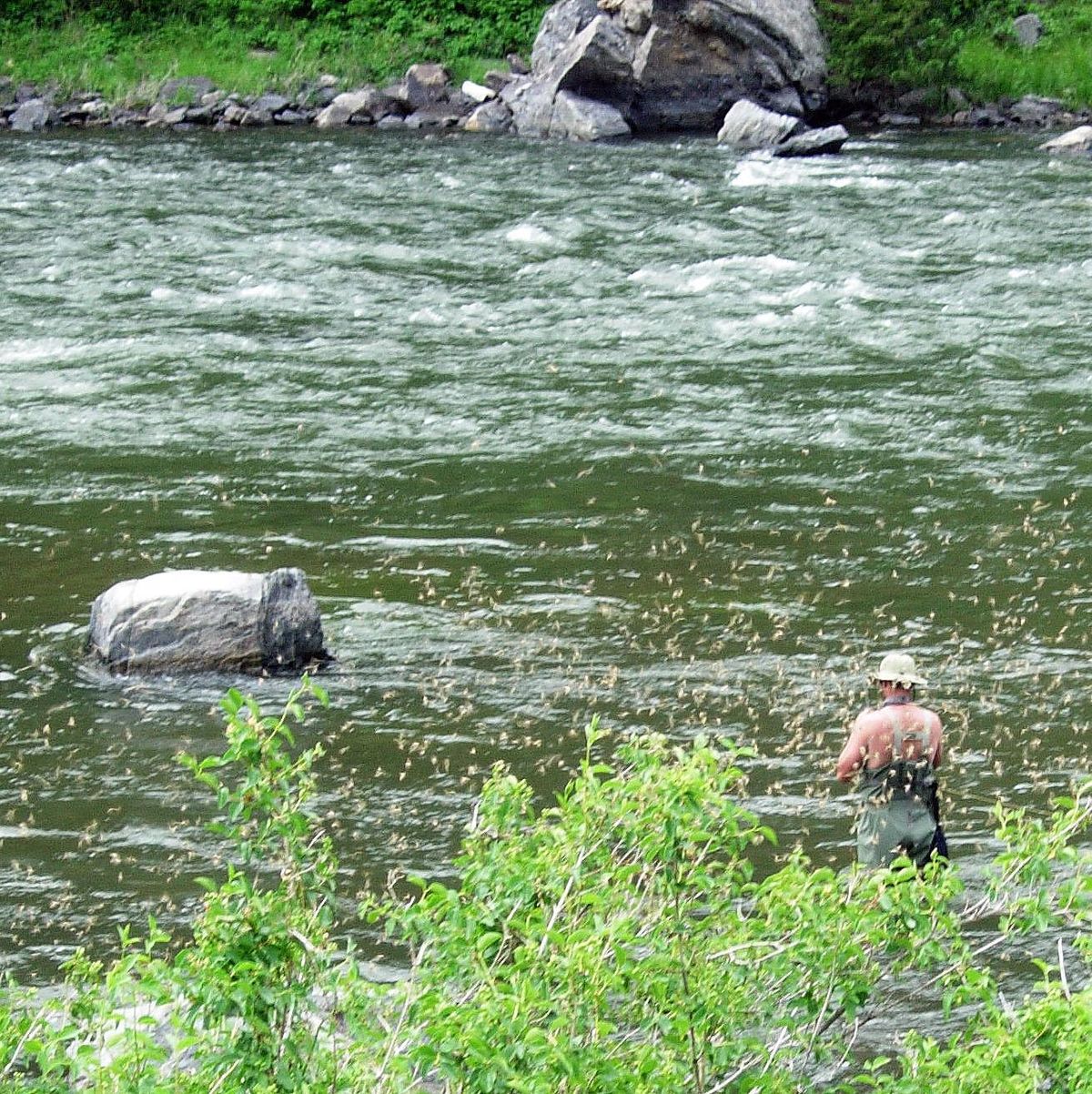Madison revival: Fabled fishery tests every angler’s skill level

The Madison River below Quake Lake and along U.S. 287 holds legendary status among fly anglers. It’s a standout even in Montana, which is host to 2.2 to 3.36 million angler days a year, mostly in the summer.
The 183-mile long Madison River begins in Yellowstone National Park at the junction of the Gibbon and Firehole rivers. From there it flows peacefully through 23 miles of the park before entering Montana and creating Hebgen Lake.
Just downstream, Quake Lake was formed in the deadly 7.5 earthquake of 1959, which dumped so much rock into the Madison River that it was nearly completely blocked until the Army Corps of Engineers created a spillway amid the rubble.
The top spot on the Madison for fly anglers is from Lyons Bridge downstream to the small town of Ennis. Continuing downstream, Ennis Lake is popular with recreational boaters and the Beartrap Canyon, below the Ennis Dam, is some of the best remote whitewater in the state.
Below the Beartrap the river turns into a popular innertube floating section known for its “bikini hatch.”
From about Greycliff fishing access downstream to the river’s confluence with the Gallatin and Jefferson to form the Missouri River, north of the town of Three Forks, the Madison sees much less use - partly because the shallow water below Beartrap heats up in the summer often resulting in fishing closures.
Many boulders remain in the river directly below Quake Lake, creating a mile-long whitewater section for experts only.
From the Quake Lake outlet about 14 miles downstream to Lyons Bridge wading anglers have exclusive access to the water. Anglers can still float the rocky upper section, but they can’t fish from their boat.
We launched at Raynold’s Pass fishing access site, the first big site on the upper river, located where Highway 87 crosses the stream on the way to Henry’s Lake in Idaho.
This same upper section is catch-and-release only, unless the anglers are 14 or younger, in which case they can keep one fish of any size. This section also is closed to bait fishing and is only open the third Saturday in May through the end of February to protect spawning rainbow trout.
My friend is a solid fly angler and always catches fish. So it was no surprise that he hooked into three trout just past Raynold’s Pass. He was tossing a large foam black beetle pattern that had lots of girdle-material legs, some flash on its back along with an orange high-visibility dot.
Fish 14-18 inches long may have been reacting to it as a salmonfly.
On the second day of fishing the upper Madison, I was getting lots of strikes on big royal stimulators and similar flies while enjoying the beauty of the area. Scattered clouds would alternately spotlight and then dim the high Madison Mountain Range.
On a weekday the crowd of fellow anglers was fairly thin, especially the farther we walked away from the fishing access sites. That search for solitude was why I had launched the raft on the first day, a decision I came to regret when the wind came up, followed by heavy rain and then the pelting hail.